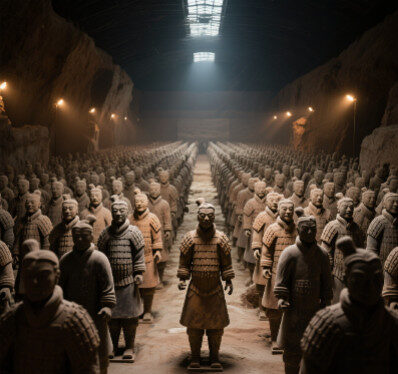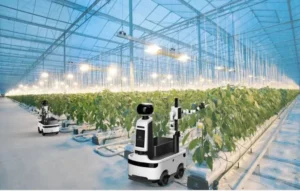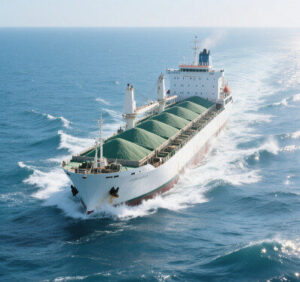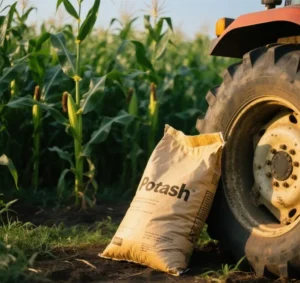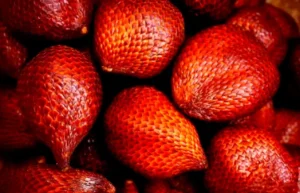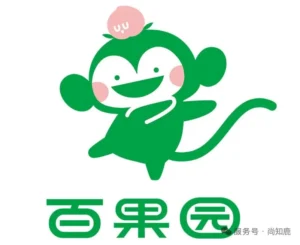With its rich agricultural tapestry, Shaanxi Province has emerged as a pivotal market for specialty fertilizers in China. Characterized by its diverse crop structure and growing emphasis on sustainable farming practices, this region is a significant contributor to the nation’s agricultural output and a testing ground for innovative agricultural technologies. The province’s agricultural significance, coupled with its unique challenges and opportunities, makes it a compelling case study for understanding the dynamics of the specialty fertilizer market.
Agricultural Diversity and Fertilizer Trends
Spanning three climatic zones and six distinct agro-ecological regions, Shaanxi supports a wide array of crops. According to the latest data, the province has 4.55 million hectares of cropland, including staple crops such as wheat, corn, and rice. Additionally, the province is home to 1.74 million hectares of orchards, producing 25% of China’s apples (approximately 1.3 million tons annually) and leading the country in kiwifruit production with 138,850 tons and grape cultivation on 76,850 hectares. High-value crops, such as Dali winter jujube (42,000 hectares with a 5 billion yuan output) and sunshine grapes (26,000 hectares, valued at 3 billion yuan), further underscore the region’s agricultural diversity. Demand for premium fertilizers is driven by these crops, with apple growers investing ¥3,000–5,000 per hectare in specialized products to enhance yield and quality. This diverse crop mix and high-value production system creates fertile ground for adopting advanced fertilization technologies.
The Growing Market for Specialty Fertilizers
The agrochemical sector in Shaanxi is valued at ¥70 billion, and specialty fertilizers are experiencing rapid growth. Driven by soil degradation (affecting 30% of orchards), stringent yield and quality requirements, and government policies such as the “Zero Growth in Chemical Fertilizers” initiative, specialty fertilizers are now essential for over 60% of high-value crops. Key product categories include humic acid (used in over 80% of orchards for soil conditioning and nutrient efficiency), amino acids (used in 60% of greenhouses for stress resistance), microbial inoculants (used in potato cultivation to suppress diseases), and nano-fertilizers (growing at a 20% compound annual growth rate for precise nutrient delivery). These products directly address farmers’ challenges and ensure soil health and productivity. For example, apple growers’ investments in premium fertilizers demonstrate their reliance on science-based solutions to remain competitive in the global market.
Regional Hotspots and Crop-Specific Demand
Weinan, often referred to as the “fruit basket” of Shaanxi, is a prime example of the region’s agricultural prowess. With its extensive cultivation of winter jujube (42,000 hectares), grapes (26,000 hectares), and apples, Weinan demonstrates cutting-edge fertilizer practices. Seventy percent of vineyards utilize drip fertigation systems for the precise application of water-soluble blends, and jujube growers invest ¥5,000 per hectare in amino acid- and seaweed extract-based fertilizers. Additionally, 50% of orchards in the region use humic acid to combat soil salinity. In Yulin, a key potato-growing area with 270,000 hectares (China’s top region for fresh market potatoes), specialty fertilizers play a critical role. Biologicals containing Bacillus strains reduce scab disease by 30%, preventing yield losses, while controlled-release nitrogen fertilizers reduce fertilizer use by 20% in sandy soils. In Baoji and Xianyang, the kiwifruit industry spans over 100,000 hectares and is primarily cultivated by smallholders with farms under five hectares. This industry faces challenges related to pH sensitivity. To address these issues, integrated “fertilizer + agronomy” packages (e.g., Zijin’s kiwifruit program) offer comprehensive support by aligning fertilization with the specific needs of each crop.
Competitive Landscape and Success Strategies
The specialty fertilizer market in Shaanxi is highly competitive. Challenges include price wars (humic acid products range from 2,000 to 8,000 yuan per ton, which confuses farmers) and high service costs (tech-driven models require 50–100 yuan per hectare in demo investments). Additionally, policy risks exist as Xinjiang-style fertilizer caps may expand. Suppliers adopt strategies emphasizing precision positioning and localized trials to succeed. Companies build trust among farmers by offering tailored solutions, such as soil testing and application guidance. Integrating agro-services—providing comprehensive support from diagnostics to implementation—is also crucial. For instance, Zijin’s integrated approach to kiwifruit cultivation combines fertilizers with agronomic consulting to address technical barriers for smallholders. This service-driven model differentiates companies and ensures product adoption.
Future Outlook and Projections
The specialty fertilizer market in Shaanxi is poised for continued growth. Projections indicate that, by 2030, specialty fertilizers could capture 40% of the province’s fertilizer market, up from 25% today. The emergence of nanotechnology and biostimulants is expected to drive this expansion, with a projected 25% CAGR. Regulatory initiatives will further accelerate adoption. For instance, a mandatory soil testing program for all orchards by 2027 aims to improve soil health solutions. Key growth zones include Weinan (fruits) and Yulin (potatoes), while humic acid and microbial products are poised to dominate due to their scalability and efficacy. As sustainability becomes non-negotiable, integrated service models will remain indispensable.
Conclusion
Shaanxi’s position as a major market for specialty fertilizers reflects China’s broader transition to sustainable and precise agricultural practices. The demand for specialized fertilizers is driven by farmers’ increasing reliance on science-driven solutions to address soil degradation, improve crop quality, and comply with environmental regulations. Suppliers must have deep regional insights, innovative product offerings, and integrated service models to succeed. As Shaanxi pioneers advanced fertilization practices, its experience serves as a blueprint for balancing productivity and sustainability in agriculture. The province’s progress illustrates how data-driven, crop-specific solutions can transform farming landscapes and set a precedent for China’s agricultural future.
Key Data Highlights:
- Shaanxi’s orchards account for 25% of China’s apple production (1.3 million tons).
- Specialty fertilizers are used on 60% of high-value crops, and 80% of orchards use humic acid.
- Jujube growers in Weinan invest ¥5,000 per hectare in amino acid and seaweed fertilizers.
- By 2030, specialty fertilizers are expected to account for 40% of Shaanxi’s fertilizer market (compared to 25% today).
- Nano-tech and biostimulants are expected to grow at a 25% compound annual growth rate (CAGR).


